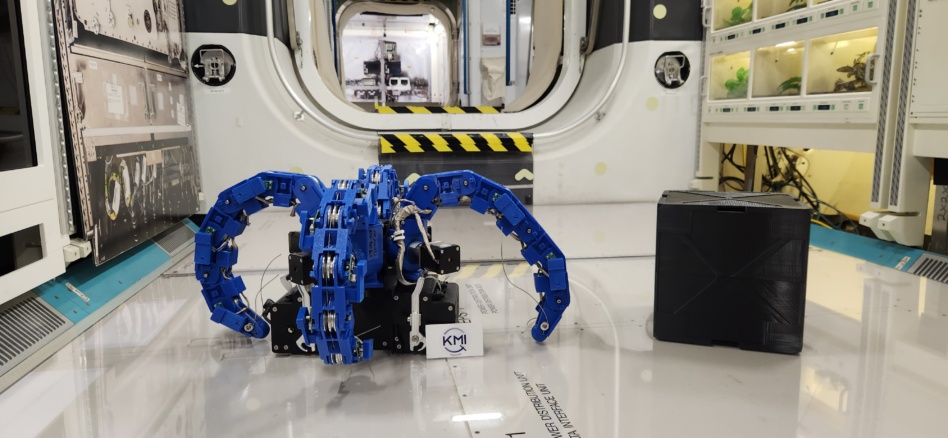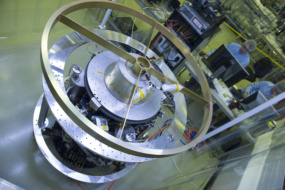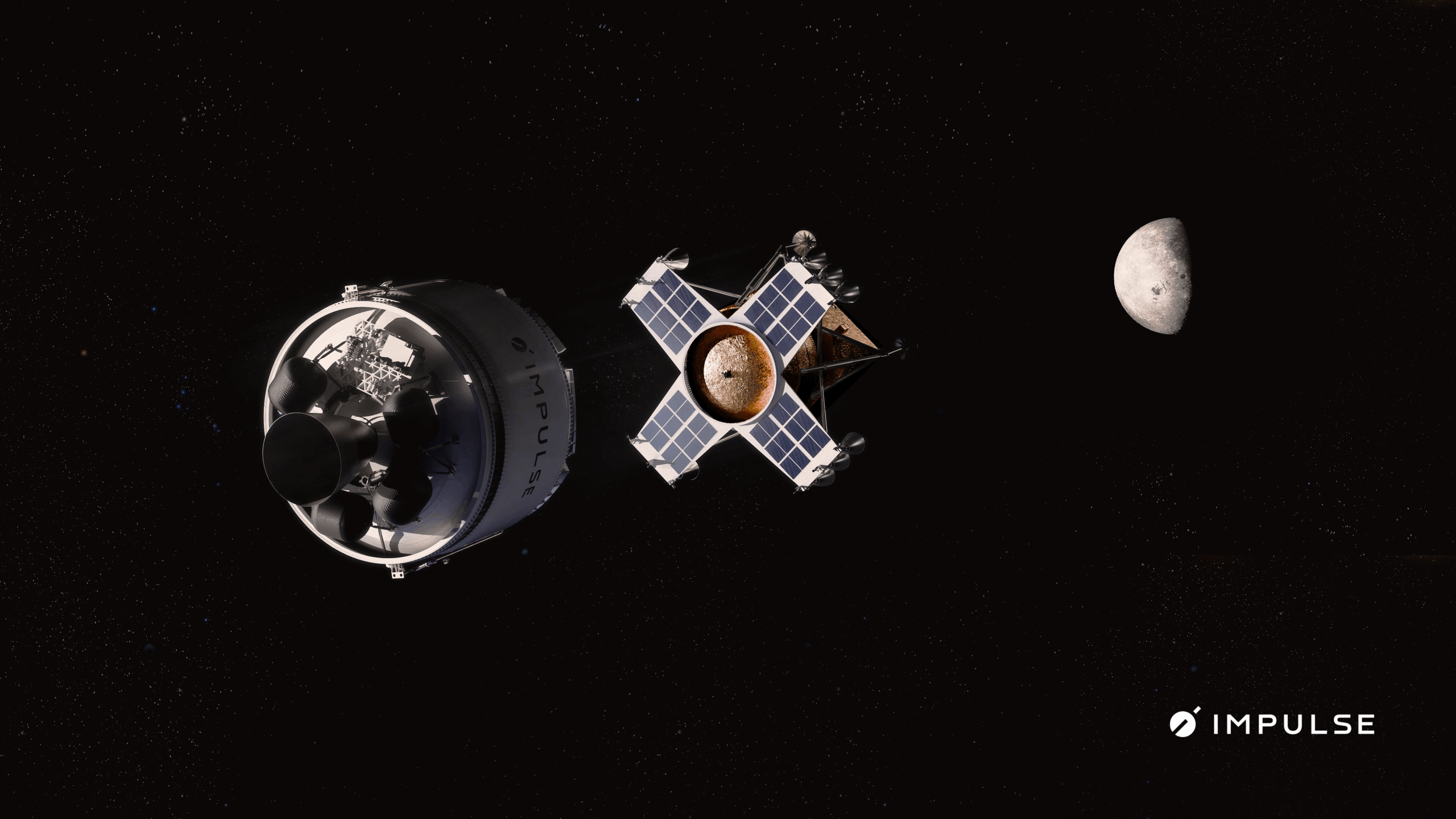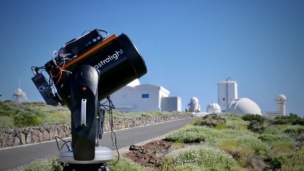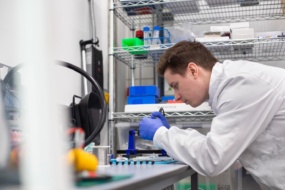Kall Morris Inc. (KMI), a MI-based startup building technology to clean up orbital debris, flew its first piece of hardware to space yesterday.
The Responsive Engaging Arms for Captive Care and Handling, or REACCH, payload will spend the next few months inside the ISS demonstrating its ability to capture and hold a range of objects in microgravity, with the first demonstration planned for this month.
Hold fast: The REACCH system is equipped with four tentacle-like arms, each about 1.5 ft long and made of seven segments that roll out to capture a variety of objects. The system is also equipped with a push rod that provides a counter-force so that the objects sit firmly in REACCH’s grasp.
The system will prove out technology that could eventually grab objects on orbit, allowing KMI to move debris out of congested orbital lanes or relocate satellites that don’t have enough juice to move themselves.
KMI also launched something for REACCH to capture—a small cube with interchangeable face plates to help KMI study how REACCH will hold on to a full gamut of materials on orbit, including multilayer insulation, smooth and rough aluminum, and solar panels.
“This technology, at its core, was really built as a system that is as universal as possible,” KMI cofounder and director of engineering Austin Morris told Payload. “We really want to be able to service a wide range of objects, and not have to have to know too much about [them] beforehand.”
What’s next: The ISS demonstration is just the first step in KMI’s journey to rendezvous and proximity operations (RPO) on orbit.
The REACCH system aboard the ISS is the precursor to a larger system—with eight arms, each 10 segments long—that KMI will attach to its Laelaps spacecraft, aptly named after the Greek mythological dog that never failed to catch what it was hunting. KMI expects to have Laelaps operating in orbit as early as 2027.
The company hopes to use this technology to clean up orbital debris but envisions that the capability will be also applicable to commercial endeavors, including the relocation of space assets and life extension missions.
